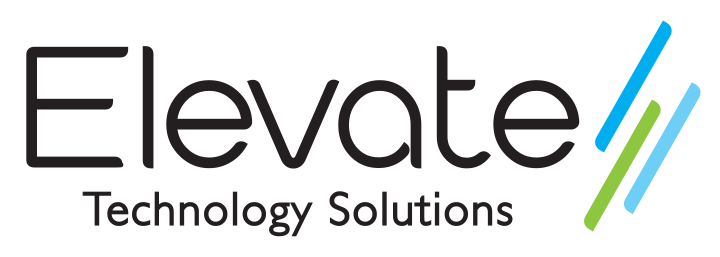Drive Growth in Global Tech
Software and Related Services Will Drive Growth in Global Tech Spend in 2013 and 2014
Global technology spending will depend largely on the United States amid mixed economic signals in Europe, Asia and Latin America, according to Forrester Research’s new mid-2013 report.
Forrester now projects that 2013 global technology spending growth will be 2.3 percent (to $2.07 trillion) and 5.4 percent in 2014. CIOs in the U.S. should plan for 5 to 6 percent growth in 2013 and 2014. There will be modest rises in other regions. China, Latin America, Africa and Middle East will show growth in the high single digits.
Forrester has cut its 2013 global IT spending projection twice from 4.3 percent to 3.3 percent to the current number.
By region, Forester breaks down 2013 regional IT spending growth in U.S. dollars like this:
- U.S. spending will be up 5.9 percent in 2013 and 6.9 percent in 2014
- Canada will see flat IT spending in 2013 and growth of 3.2 percent in 2014
- Latin America will see spending growth of 2.6 percent in 2013 and 10.7 percent in 2014
- Western and Central Europe will have growth of 1.3 percent in 2013 and 3.4 percent in 2014
- Eastern Europe, Middle East and Africa will show 2013 growth of 6.9 percent and 6.3 percent in 2014
- Asia Pacific will show a decline of 3.2 percent in 2013 and growth of 3.7 percent in 2014
How will the money be allocated within categories of technology? Software, cloud, and analytics spending will rise. Spending on computer equipment will fall.
In the report published July 12, Forrester analyst Andrew Bartels stated:
“Software and (to a lesser degree) IT consulting and systems integration services will be the primary
growth sectors for the tech industry in 2013 and 2014. Business and government purchases of software will grow by 3.3% in 2013 and 6.2% in 2014. While the 2013 growth rate may not seem impressive, it will be stronger than any other tech category. Software is where most of the big changes in technology are taking place — whether those changes are cloud computing adoption in the form of software-as-a-service (SaaS) and platform-as-a-service (PaaS); smart computing in the form of big data, real-time predictive analytics, and smart process apps; or mobile computing in the form of mobile apps and enterprise app stores.”
A Forbes article summarizes the findings here.






